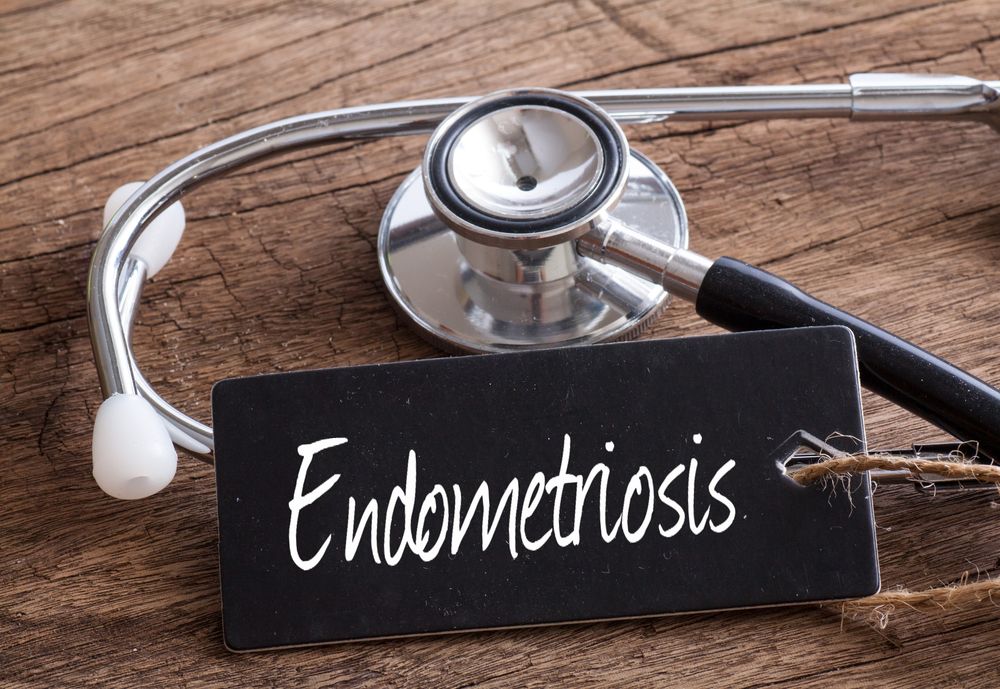EFI score a good predictor for achieving non-ART pregnancy
Patients with low Endometriosis Fertility Index (EFI) scores may not have a strong chance of a pregnancy achieved without use of assisted reproductive technology (ART), according to a meta-analysis from BJOG.
©Lemau Studio - shutterstock.com

The Endometriosis Fertility Index (EFI) is a good indicator for predicting pregnancy achieved without use of assisted reproductive technology (ART), according to a meta-analysis of 17 studies. The Iranian authors of the review in BJOG noted that study results to evaluate the EFI score for predicting non-ART pregnancy have been inconsistent.
Methods
For the current review, Embase, Medline, Scopus and Web of Science databases were searched through October 2019 for studies that used EFI to predict non-ART pregnancy in patients with surgically documented endometriosis. In total, 5,547 studies were identified. The 17 included studies comprised 4,598 women.
Eight of the 17 studies were classified as good quality, while the rest were deemed to be of fair quality. In addition, only five of the studies (29.41%) used suitable approaches to account for potential confounders.
Findings
The cumulative rate of non-ART pregnancy at 36 months was 10% (95% confidence interval [CI]: 3 to 16; P < 0.001) for women with an EFI of 0 to 2, which significantly increased to 69% (95% CI: 58 to 79; P < 0.001) for women with an EFI of 9 to 10. Furthermore, compared to women with an EFI of 3 to 4 (95% CI: 12 to 24; P < 0.001), combined cumulative non-ART pregnancies were 44% (95% CI: 26 to 63; P < 0.001) for women with an EFT of 5 to 6, and 55% (95% CI: 47 to 64; P < 0.001) for women with an EFI of 7 to 8. A significant difference existed between all categories (P < 0.001).
The odds ratio (OR) for EFI was 1.33 (95% CI: 1.17 to 1.49; P < 0.001) and the summary area under the curve (AUC) was 72% (95% CI: 65 to 80; P < 0.001).
Conclusions
The authors stated that the existing revised American Fertility Society (rAFS) score for staging endometriosis has considerable limitations, including arbitrary point scores and wide score ranges within the categories. There is also the “potential for observer error because of numerous morphological presentations, some subtle and microscopic and the timing of the laparoscopy, and whether the staging is performed at laparoscopy or laparotomy,” they wrote.
Furthermore, there is poor correlation between the extent of disease and pelvic pain and rAFS stages align poorly with infertility. For these and many other reasons, EFI has been proposed as having greater predictive power than rAFS for a successful pregnancy, with or without ART, in endometriosis patients.
Specifically, patients with an EFI score of 0 to 3 should be informed as to the low likelihood of non-ART pregnancy; therefore, ART should be strongly recommended. Women unlikely to achieve non-ART pregnancy or spontaneous pregnancy, based on their EFI score, might be candidates for earlier in vitro fertilization and embryo transfer to prevent treatment delays and increase their chances for pregnancy.
The non-ART pregnancy rate might be linked with duration before attempting ART. For fertility management, EFI can be used as a predictive factor for a spontaneous second pregnancy.
Despite the review concluding that the EFI score is a good predictor for non-ART pregnancy, “these findings should be considered with caution due to the substantial heterogeneity between studies,” the authors said.
Addressing mental health risks in endometriosis patients
December 10th 2024A new study underscores the critical need for gynecologists and mental health professionals to collaborate in managing anxiety, depression, and sexual dysfunction in women with endometriosis, driven by chronic pain and related comorbidities.
Read More
Study finds high rates of incidental MRI findings in endometriosis cases
October 29th 2024A recent study highlights the frequent occurrence of incidental findings on pelvic magnetic resonance imaging for endometriosis, emphasizing the need for radiologists to focus on those with higher clinical significance.
Read More
